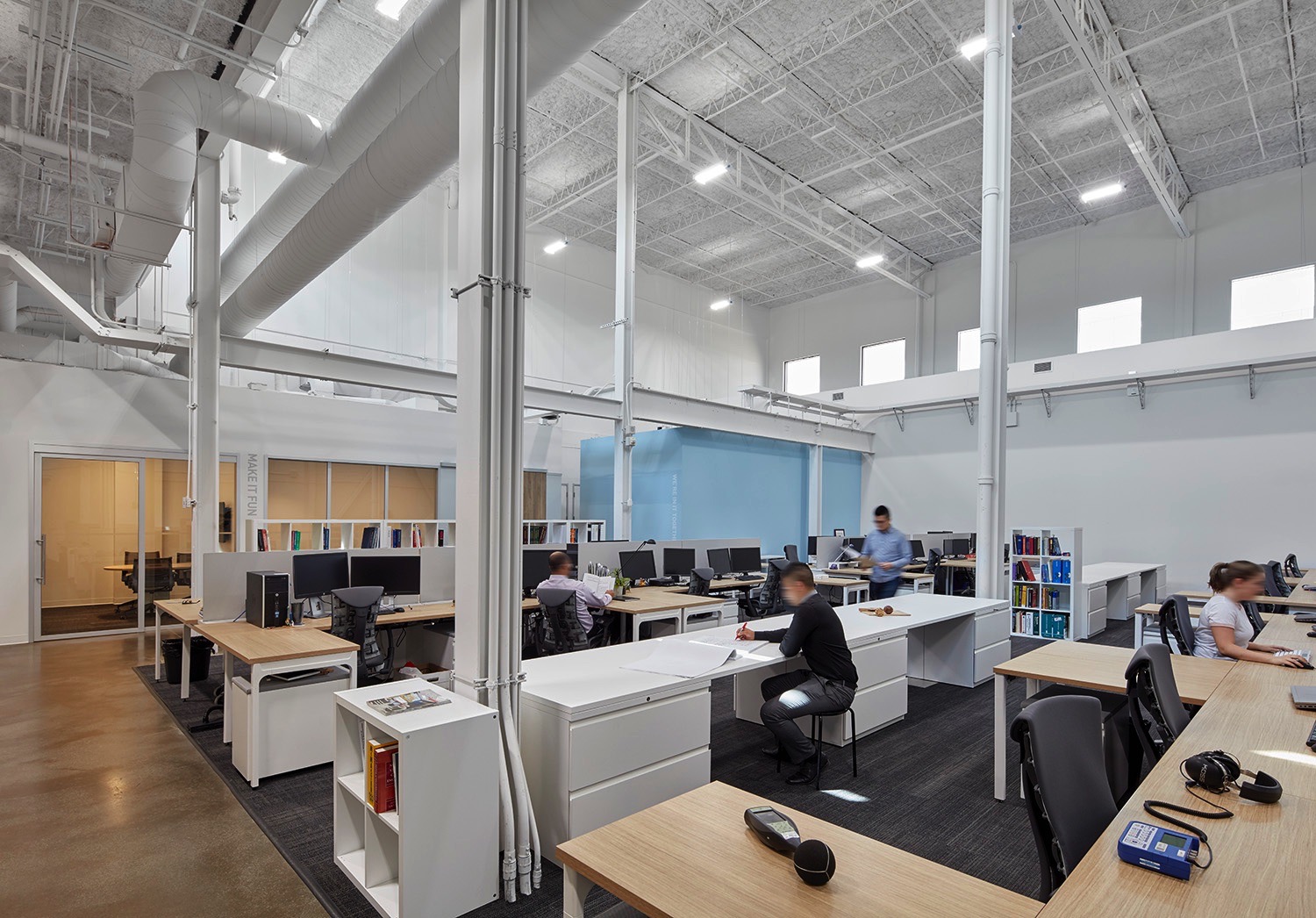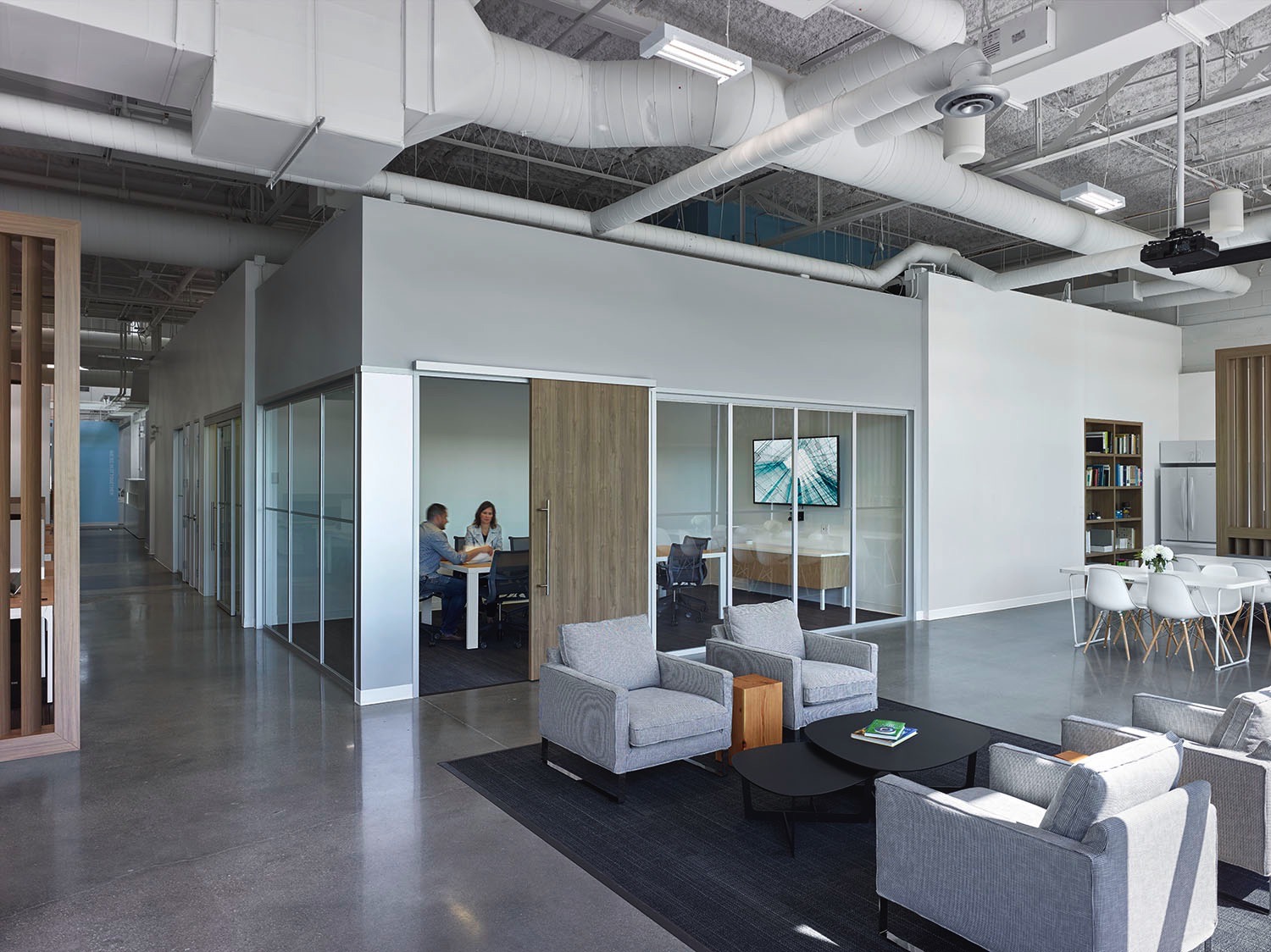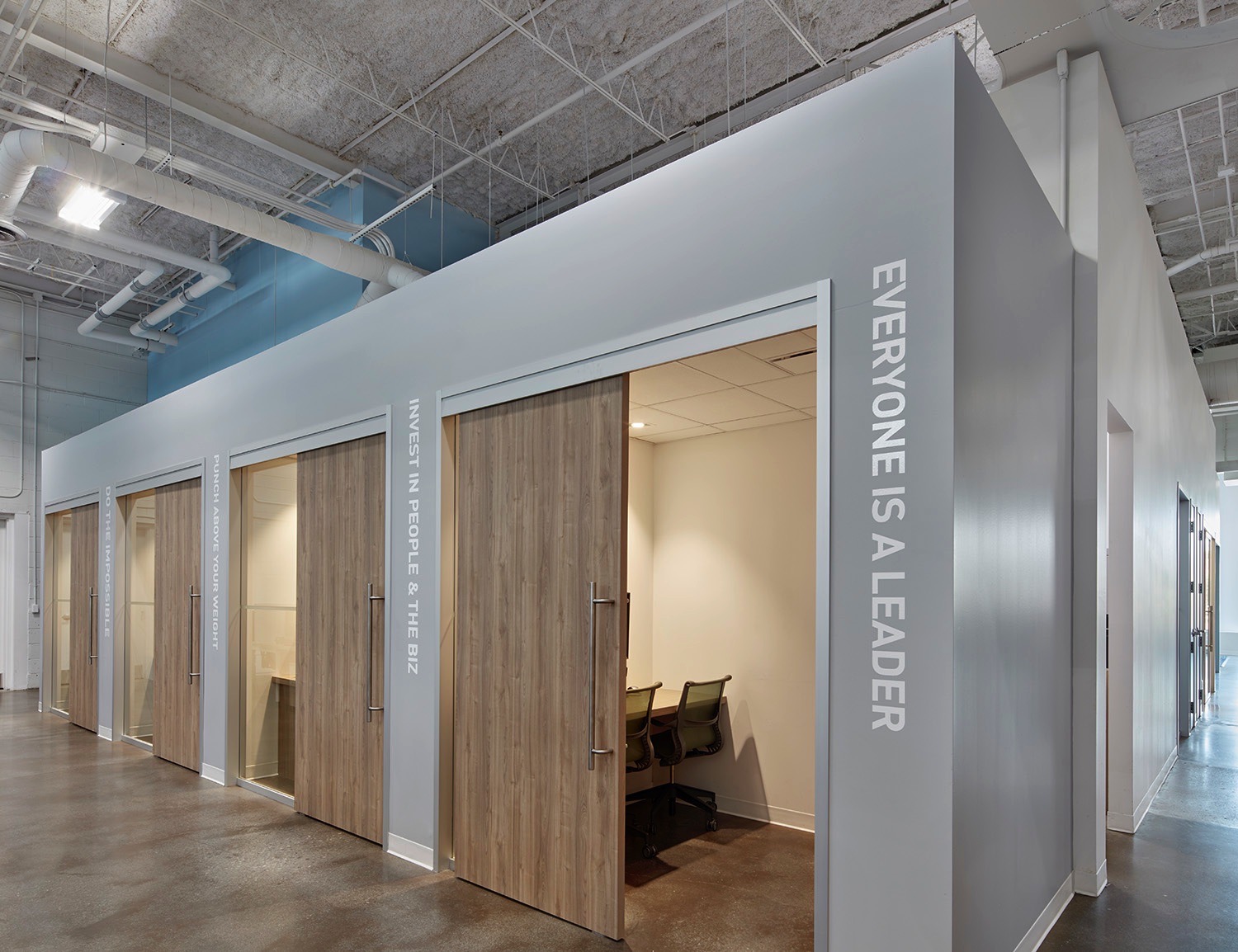Acoustical Considerations for Designing Spaces in the Post-Pandemic World
It has been nearly a year since most people have gone into the office. Boxing Day deals were not the same without the crowds, and meeting at the coffee shop is out. For those craving face-to-face interactions, the return to a more normal world appears to be on the horizon. But in the post-pandemic era, there will be adjustments on how comfortable humans feel in larger gatherings. While there is a desire to return to the way it was, the pandemic will permanently impact our behaviour.

Over the past year, people have adjusted to plexiglass barriers and taped-up floors directing physical distancing Businesses, performers, and retailers have found innovative ways to reach their respective audiences in a memorable way. From innovative technologies allowing a shopper to try on clothing at home via computer, to immersive musical experiences providing the audience with a theatre-like feel, businesses and artists found creative ways to connect and stay relevant.
As companies grapple with a safe return to the office, and theatres ready for a return to live performances, there are many opportunities to continue to find creative solutions while helping people feel comfortable.
But some obvious solutions for physical distancing can have a significant impact on acoustics. The following are some key acoustics considerations when redesigning spaces to accommodate safety guidelines:
Offices: Spreading Out Has Its Challenges
The pandemic will change office space for the better. Many are predicting either the death of the office, or a return to more traditional closed private offices. It is more likely that a hybrid work model will emerge, where employees will have the ability to work from home but can return to the office when they crave social interaction or need to collaborate. Some offices are moving towards an extensive use of collaboration spaces, and creating unique neighborhoods and experiences for employees. Enclosed spaces are being planned to be larger in order to offer more space and flexibility.

- Large open spaces with mainly collaboration spaces
Open space can pose acoustical challenges due to noise transfer. Sound isolation will be required to ensure the privacy of meeting rooms and collaboration spaces, even with video conferencing. Collaboration areas need to be designed with a different lens. They might consist of a long table so people can spread out, or an open space with separate informal meeting areas on the side with plush chairs and coffee tables. Acoustical absorption and separation can be introduced through traditional surface treatments and furniture selection, use of living walls, and other elements, such as open tall bookshelves to create separation and change the texture. This should help preserve the environment and control the acoustics in open space, while minimizing the impact on the privacy of the meeting rooms.
- Hybrid
Hybrid spaces accommodate fewer people at one time, as employees rotate between home and office, or some opt to permanently work from home while others opt to be in the office. In this model, the pressure will be on the room acoustic design and ensuring there is adequate acoustic absorption to minimize the build-up of sound as collaboration happens in person and virtually. Virtual collaboration may not always occur over headsets, so it may require focus on both acoustical absorption and privacy.

Retail: Distance Customers in a Distinct Way
Before the pandemic, some retail brands like the Samsung Store and Canada Goose started to be more focused on customer experience. This translated into larger open spaces with less display and inventory. From a post-pandemic design perspective, shoppers will be more spaced apart and retailers will need to control the number of people in the store. Borrowing from museum exhibition space design, experiential stores provide an opportunity to learn about the merchandise. There are many opportunities to innovate in this space. Acoustically, these types of experiences can be challenging to deliver, with different zones within an open space. This requires attention to the acoustical design within the architecture, and may also rely on audio-video design to aid in crafting a soundscape.
Performing Arts Centres
- Don’t Remove Seats
Theatre audience seating is designed to provide nine to ten square feet per patron—with much less than six feet of distance between them. Removing seats may seem obvious, but seats play a major role in the acoustical design. People in seats absorb sound and, in a theatre, plush seating can absorb sound at similar levels to people in hard seating. Leave the seating in place, but block off sections to seat people further apart to avoid damaging the acoustics.
During Super Bowl 2021, the crowd size was deceiving. Among the vaccinated healthcare workers in attendance were more than 30,000 fan cut-outs to create the illusion of a packed stadium. This is one example of a creative alternative to removing seats, maintaining social distance and preserving the softness for acoustics.
It may be tempting to change plush seating to a more easily sanitized surface. But plush materials absorb sound. If a facility opts to use non-porous materials, the design will need to incorporate other creative solutions to bring back some acoustic absorption to the space.
- Make Broadcasts an Immersive Experience
Performing arts centres and theatres thrive on gathering, but pivoted to the next best available format. Even when the audience returns, there is still an opportunity to find creative ways to emulate the concert experience. By streaming binaural sound, the listener experiences a 3D stereo sensation. Viewers could purchase seats but experience the show remotely. Pre-designed binaural microphones at each seat level and streamed to the patron’s headphones would allow them to experience sound as if they were sitting in particular seats. Adding visual element options for a virtual reality (VR) experience would further enhance the experience.

All Venues
- Consider the Air Flow and Exchange
Increasing the amount of fresh air coming into a building is one way to help prevent the indoor spread of the virus. But in many office buildings, shopping malls or theatres, opening a window is not possible. And open windows create external noise sources which can distract and impede communication. Consider the air flow and exchange within the facility. However, realize that this can pose noise issues as HVAC systems will need to allow for much higher ventilation rates and could lead to noisier air flow. To mitigate this, there must be slower air movement which is quieter and provides good return for energy management and patron comfort.
- Incorporate Soundscaping
Soundscaping involves intentionally crafting the acoustic environment to enhance an experience. To create different areas within an open office area, soundscape design could be used to reinforce each area. A wellness area could have a soundscape that involves calming sounds such as running water, or birds. In retail, it can be used to create or simulate different experiences. In performing arts, it can be used to create immersive environments. This emerging area will be key to creating unique acoustic experiences within retail or any experiential area. Soundscape design will ultimately rely on strong integration of architectural, A/V and acoustical designs of a space.
- Weigh the Pros and Cons of Plexiglass Barriers
In a retail environment, while plexiglass barriers are used to protect the employees and customers, they can impede speech intelligibility and often require everyone to talk louder, creating a louder overall environment.
In an office, plexiglass barriers are an advantage for privacy by creating greater separation. However, combined with a speakerphone or open microphone, these barriers may have some negative impact due to the hard reflecting surface that could reduce speech intelligibility.
For a performing arts centre, using a plexiglass divider between musicians could have a significant effect on being able to hear each other and playing in ensemble. It could make things even louder for the wind players, with the trapped sound built-up in their area.
At some point, COVID-19 will be behind us, but behaviour will be changed forever. Two things we learned during the pandemic is how quickly things can change and how, when faced with challenges, we can innovate and do new things. There is an opportunity now to think big and bold, and not be held back by old habits. This is a time to innovate and design not only for our current needs, but with an eye on the future and a willingness to adapt and change. It means if there is a similar situation, facilities are not only designed to help reduce the spread, but can still create memorable experiences for patrons.
Steve Titus is President & CEO of Aercoustics Engineering.
